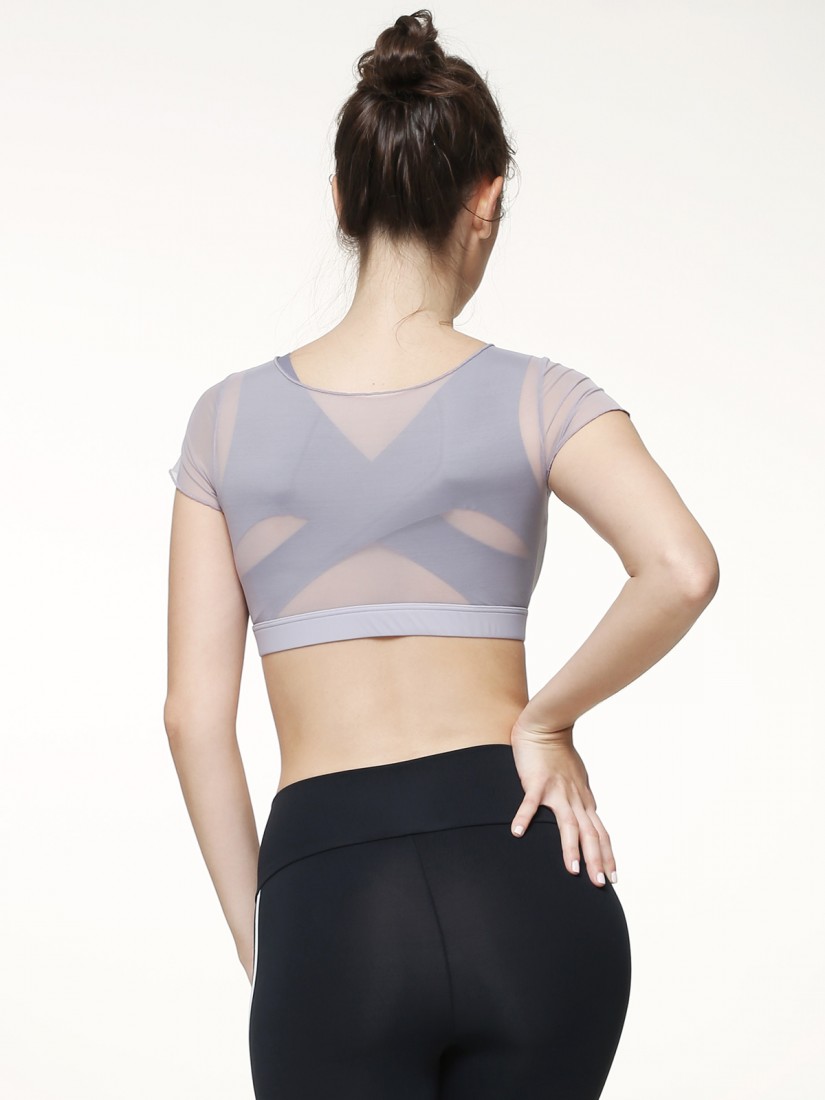


Without the visual breaks we need to refocus, our brains grow fatigued. Not to mention, most of us are also staring at a small window of ourselves, making us hyperaware of every wrinkle and expression (and how it might be interpreted). On a video call, because we are all sitting in different homes, if we turn to look out the window, we worry it might seem like we’re not paying attention. In person, we are able to use our peripheral vision to glance out the window or look at others in the room. This is because having to engage in a “constant gaze” makes us uncomfortable - and tired. But, in real life, how often do you stand within three feet of a colleague and stare at their face? Probably never. On a video call the only way to show we’re paying attention is to look at the camera. Read more aboutįinally, “Zoom fatigue” stems from how we process information over video. During a video call, however, it’s impossible to do this unless you use the private chat feature or awkwardly try to find a moment to unmute and ask a colleague to repeat themselves. Think of it this way: When you’re sitting in a conference room, you can rely on whispered side exchanges to catch you up if you get distracted or answer quick, clarifying questions. In part, it’s because they force us to focus more intently on conversations in order to absorb information. Why do we find video calls so draining? There are a few reasons. Over the past few weeks, mentions of “Zoom fatigue” have popped up more and more on social media, and Google searches for the same phrase have steadily increased since early March. If you’re finding that you’re more exhausted at the end of your workday than you used to be, you’re not alone. To get all of HBR’s content delivered to your inbox, sign up for the Daily Alert newsletter.
Zoom it define free#
In these difficult times, we’ve made a number of our coronavirus articles free for all readers. Especially in situations where you’re communicating with people outside of your organization, don’t feel obligated to send a Zoom link. Finally, check your calendar for the next few days to see if there are any conversations you could have over Slack or email instead. Second, take mini-breaks during longer calls by minimizing the video, moving it to behind your open applications, or just looking away from your computer now and then. The next time you’re on a video chat, close any tabs or programs that might distract you, put your phone away, and stay present. It may be tempting to get other work done on a video call, but switching between tasks can cost you as much as 40% of your productive time. To make video calls less exhausting for yourself, try using a few research-based tips.įirst, avoid multitasking. They also require us to stare directly at a screen for minutes at a time without any visual or mental break, which is tiring. I would recommend only using a digital zoom in an emergency.Why do we find video calls so draining? In part, it’s because they force us to focus more intently on conversations in order to absorb information. Be careful when you check the specifications before your next camera purchase! You want to base your choices on the length of the optical zoom because this is where the quality is. Many of those cameras will have an optical zoom that turns into a digital zoom at the end of its travel. They are also quite common on point and shoot cameras. The process is the same and you would expect to lose some quality.ĭigital zooms are often found on cell phones, which do not have space for any kind of optical zoom internally. Just as if you take a regular photo that didn’t use a digital zoom, and blow it up to twice the size in Photoshop. Detail will be lost, there’s no getting around it. The camera will interpolate the small image it has captured in the middle of the sensor, up to the same pixel size as if you had used the whole sensor. The problem with this method is that it decreases the quality of images progressively as you zoom in further. The smaller the area used on the sensor to capture the image, the larger the zoom effect appears to be.

Zoom it define software#
It appears as if the lens is zooming in, but in fact the effect is purely software based and has nothing to do with optics at all. Facebook Twitter Pinterest Reddit Email What Is A Digital Zoom?Ī digital zoom is when a camera recreates the effect of zooming in with a lens by capturing the image from an increasingly smaller area of the camera’s sensor, and then blowing up that image to the regular size.


 0 kommentar(er)
0 kommentar(er)
